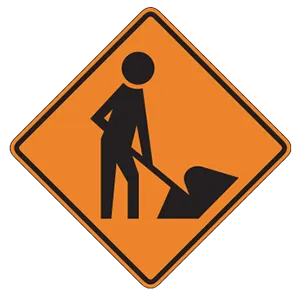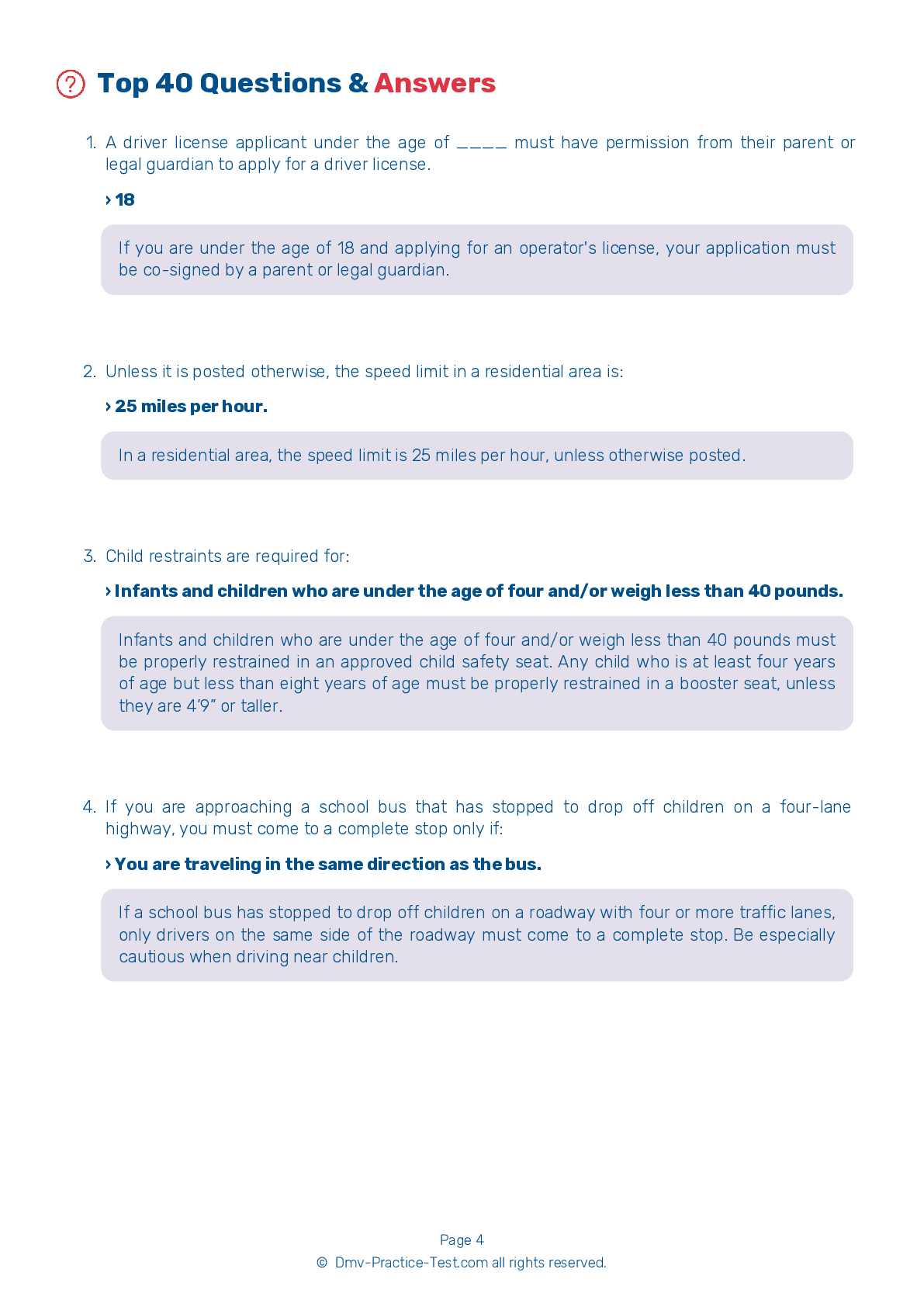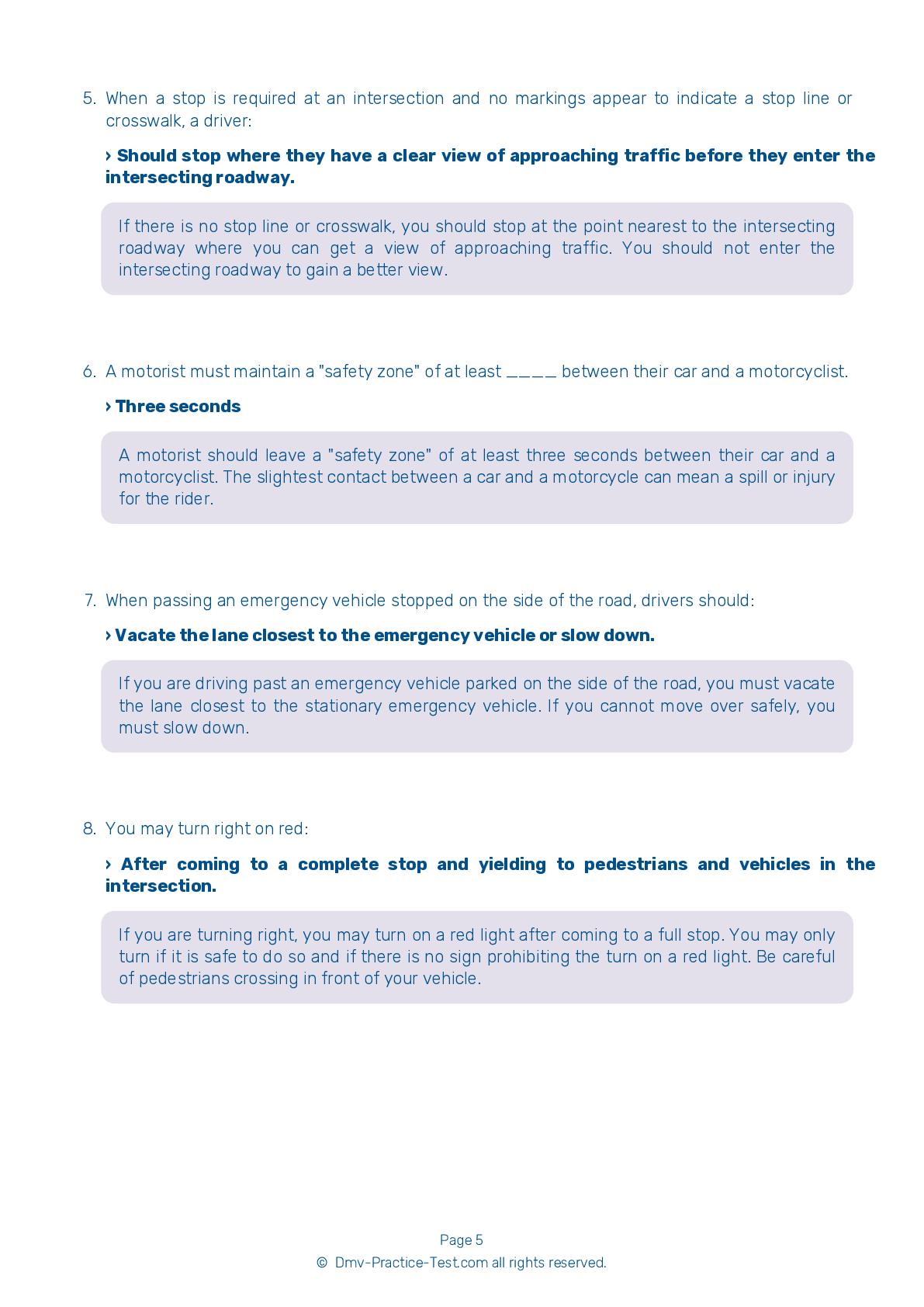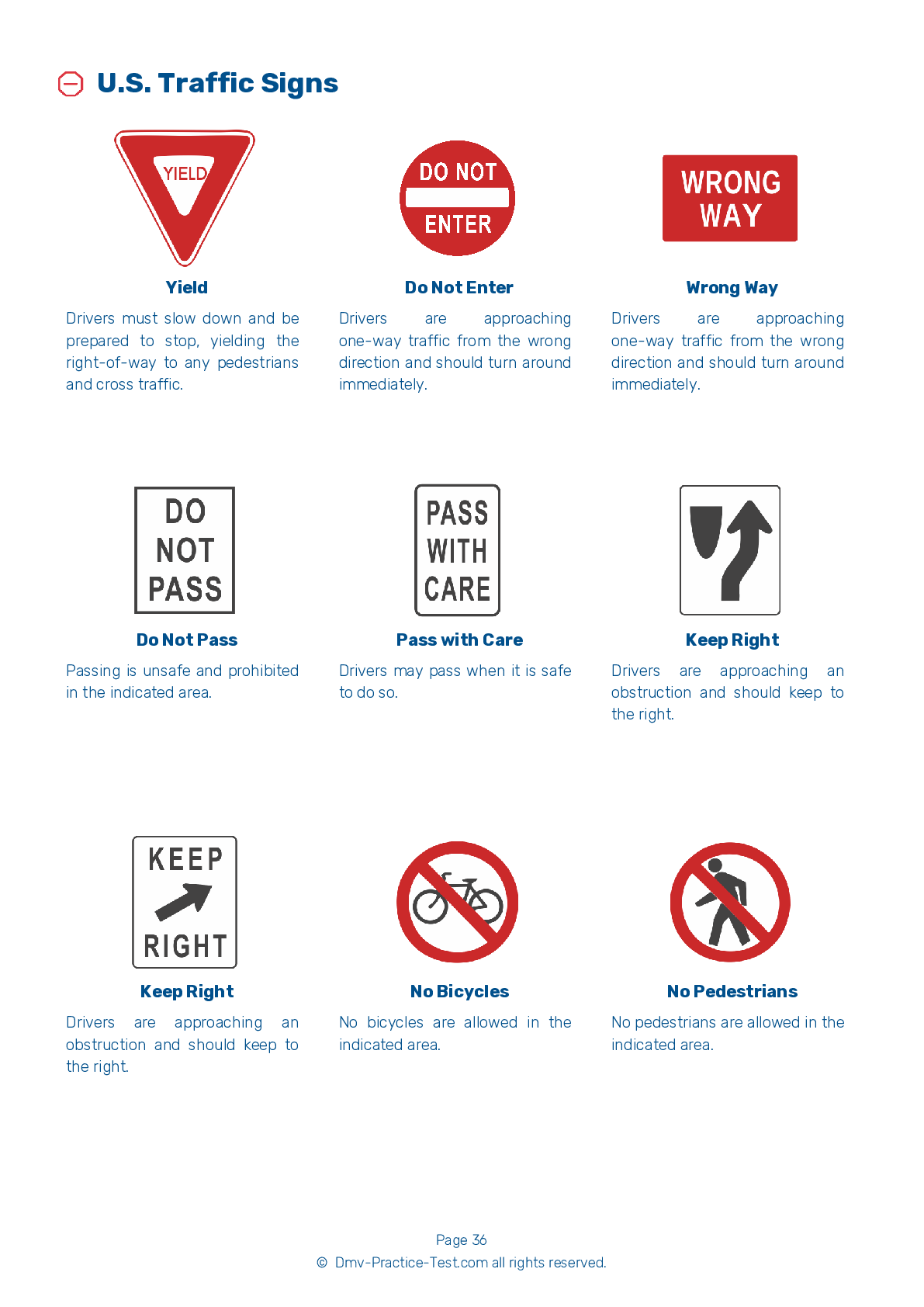FREE Ohio DMV Practice Test #9 Page 3 of 5
The practise exams for Ohio's DMV have been revised for January 2025. It comprises questions based on the most important traffic signals and laws for 2025 from the Ohio Driver Handbook. To study for the DMV driving permit test and driver's licence exam, use actual questions that are very similar (often identical!) to the DMV driving permit test and driver's licence exam.
Each question on the practise exam has a tip and explanation to help you recall the ideas. Questions about traffic rules, traffic signs, and driving statutes, as well as knowledge from the Driver Handbook, will be included in the written portion of the official Ohio DMV test.
You must properly answer 35 of the 40 questions to receive a passing mark. To help you prepare for your instruction permit or driver's licence, take this practise test from the Ohio Department of Motor Vehicles.
The DMV exam is offered in a variety of languages.
Using any form of testing help will result in an automatic fail, and the DMV may take further action against your driver's licence, so avoid it.
17 . This sign means:

Regulation signs regulate traffic speed and movement, displaying rules which drivers must obey. This sign tells drivers the direction in which they must drive when turning onto a one-way street.
18 . If you need to drive in foggy weather:
You are required to use your headlights during the day when visibility is reduced to 500 feet or less. When you first turn on your headlights, be sure they are adjusted to the low beam setting. Using high beams in fog or rain will cause the light to reflect back into your eyes, lowering visibility even more.
19 . You may not pass other vehicles within ____ of a bridge, viaduct, or tunnel.
Drivers may not pass other vehicles within 100 feet of a bridge, viaduct, tunnel, railroad crossing, or intersection. Drivers should only pass where they may legally and safely do so.
20 . Driving while keeping your pet on your lap is:
Operating a vehicle while holding an animal on your lap can be both dangerous and illegal. If you commit a moving violation while participating in a distracting activity, such as holding an animal or using a handheld cell phone, you may be charged for distracted driving in addition to any penalties for the moving violation.
21 . If a vehicle using high beams comes toward you, you should look toward ____ of the road.
If a vehicle approaching you is using its high beams and fails to dim them, you should glance toward the right side of the road. This will keep you from being blinded by the other vehicle’s headlights and will allow you to see well enough to stay on your course until the vehicle passes.
22 . This sign means that:

This sign indicates that workers may be on or very close to the roadway ahead, so you should take special care when traveling through the area.
23 . A motorist must maintain a "safety zone" of at least ____ between their car and a motorcyclist.
A motorist should leave a "safety zone" of at least three seconds between their car and a motorcyclist. The slightest contact between a car and a motorcycle can mean a spill or injury for the rider.
24 . This sign means:




